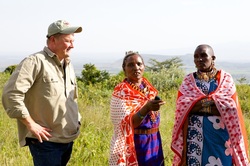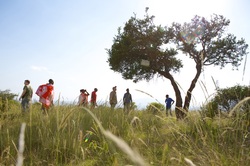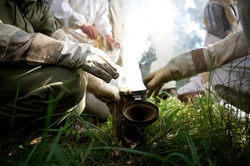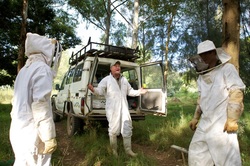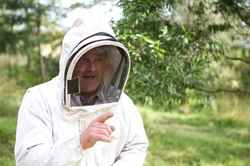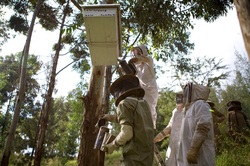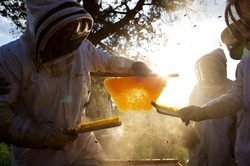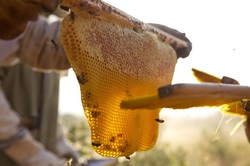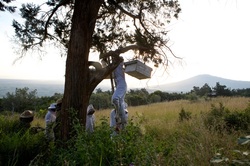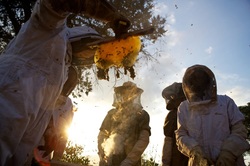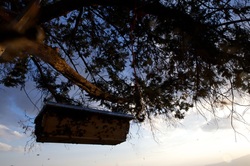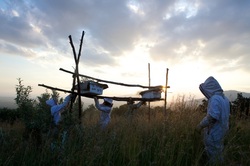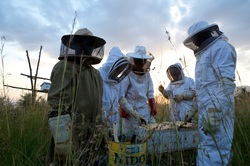Practical training seminar for local beekeepers and students in Kijabe, Kenya -July 2013
Training in Africa of any sort is best done with a few 'change agents' as opposed to a large group of people who are only semi-interested in the project at hand. I would rather work with five to seven men and women who are able to succeed in impacting the other 65% of the population that is changeable, than work with 100 people who are only there for the seminar.


